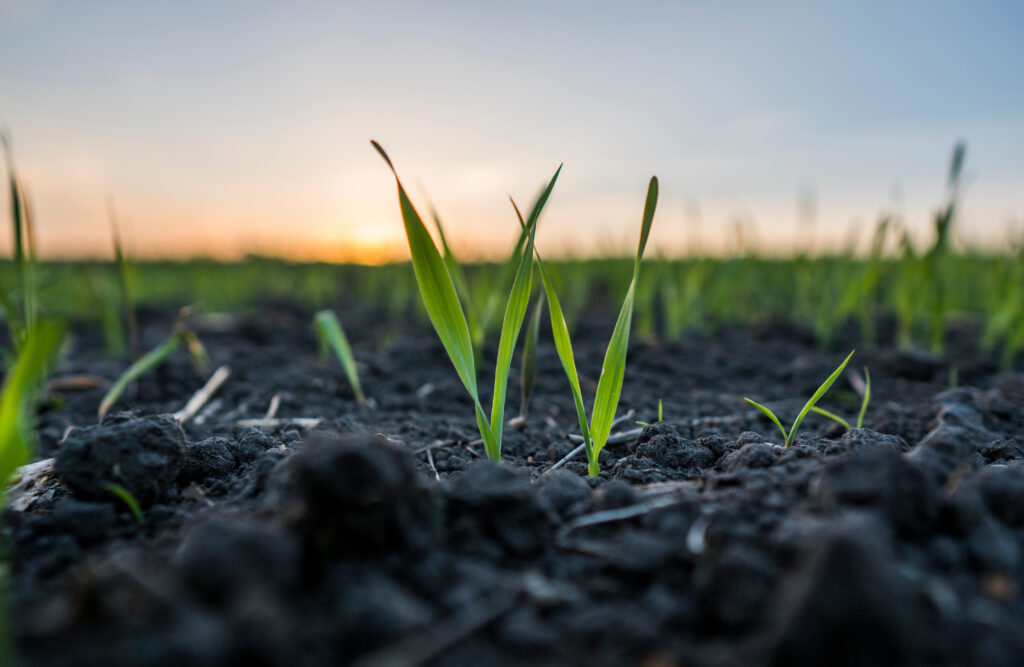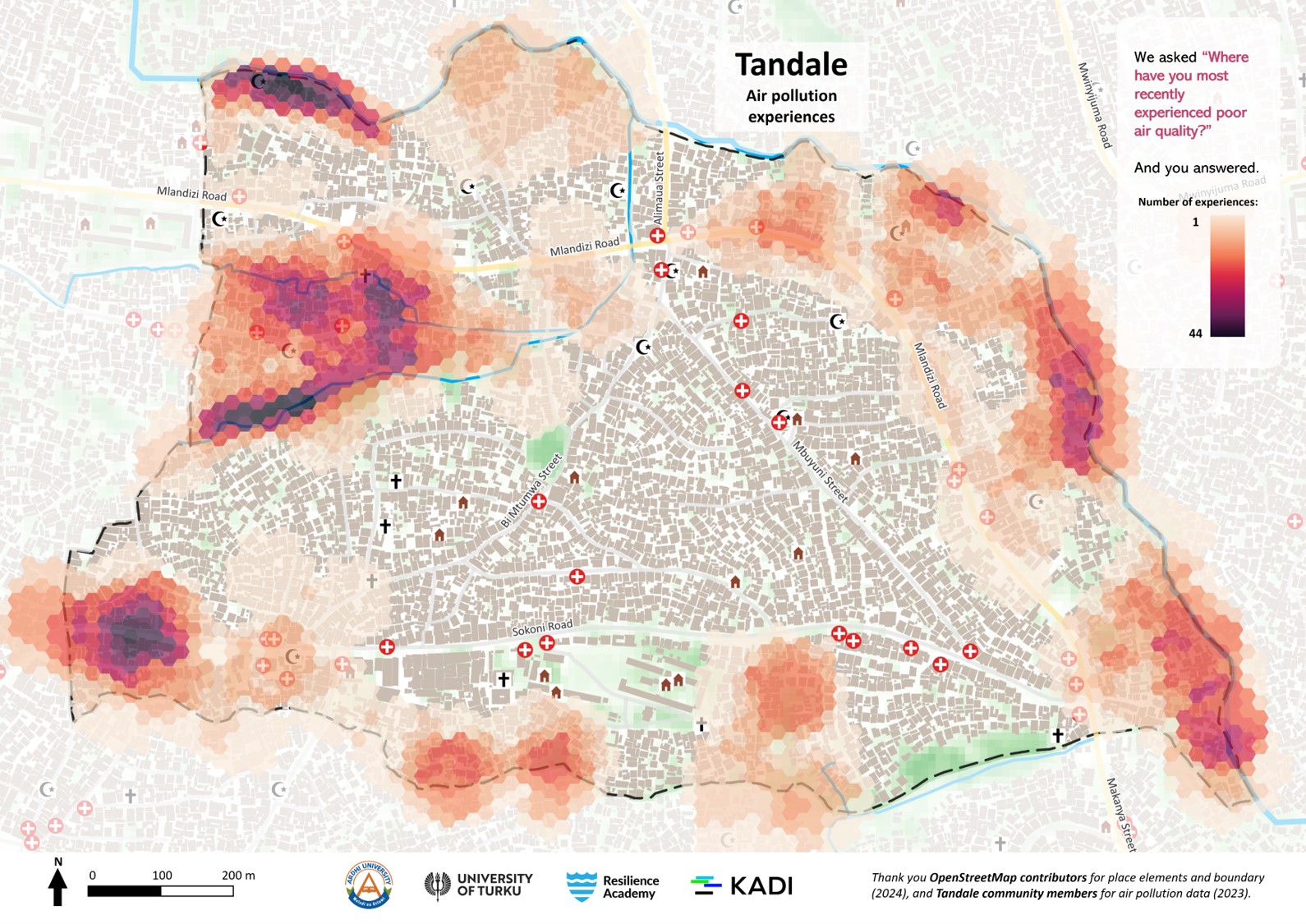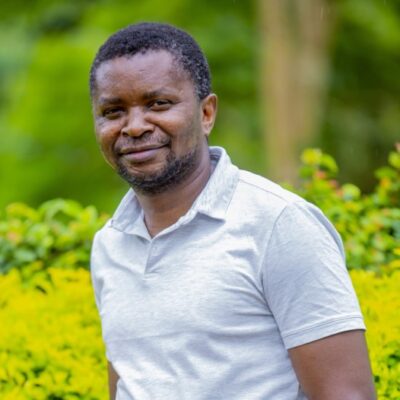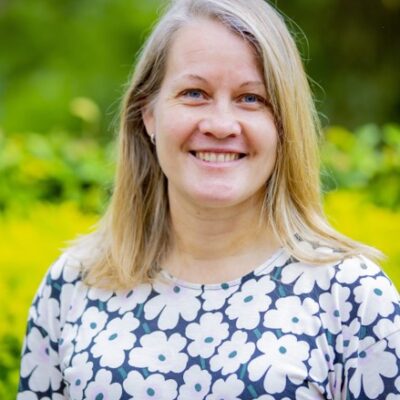
Young wheat seedlings growing in a field. Green wheat growing in soil. Close up on sprouting rye agricultural on a field in sunset. Sprouts of rye
Project duration: 2023 - 2025
Coordinator: ICOS ERIC
Partners: ICOS ERIC, University of Pretoria, University of Witswatersrand, Kenya Meteorological Department, Université Félix Houphouët-Boigny
Funding: EU Horizon
Website: https://kadi-project.eu/
KADI - Knowledge and climate Services from an African observation and Data research Infrastructure

Annual meeting and stakeholder workshop of the KADI project was held in Nairobi, Kenya in October 2024

During KADI Dar es Salaam climate service pilot, community members mapped their experiences on air pollution, extreme heat and floods in their neighbourhoods



